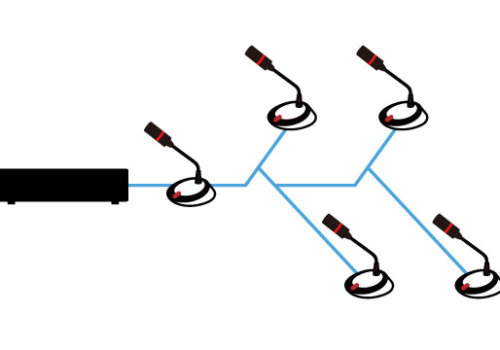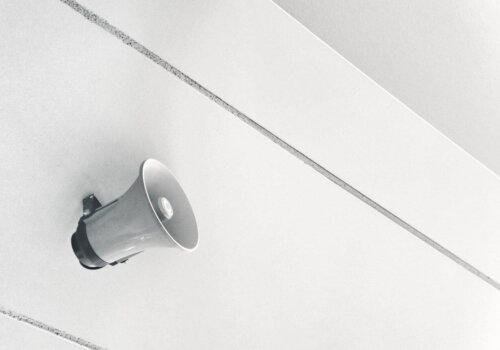The meeting room’s environment extremely affects the efficacy of attendees’ speaking. Especially, the conferencing equipment presently has been more and more complicated and varied. The quality of image, sound, light, and multimedia influences attendee’s senses as well as the outcome of a meeting.
Normally many people find difficulties in arranging loudspeakers due to the factor of the room space. Where is the suitable position installing loudspeakers? You may consider that it’s not a big deal; just find a pillar or wall to make the sound come out. However, did you find that the sound of some cases isn’t clear enough? The loudness of the speaker at each position is different. Even there’s the feedback problem frequently happened. In fact, these problems have much to do with loudspeaker’s projection angle and coverage.
Improving the audio environment is greatly essential. If there’s no ideal environment, a high-level loudspeaker still couldn’t present the excellent sound quality. In this article, we wouldn’t intend to expect you making the acoustic effect of your case being like a recording studio or music hall, but making the improvement in the loudspeaker configuration under the present environment. It can effectively avoid the unnecessary sound reflection and diffusion and further enhance the quality of sound field.
General problems of loudspeaker configuration
Generally, there’re two kinds of meeting space: 1) the chairman rostrum is individually located; 2) round meeting table. The interior space of the former is bigger. Besides the chairman rostrum and the area for other attendees, some cases even have speaking platforms. Many cases are applied with front speakers and rear speakers. And the side fill speakers are added to the side walls to compensate for the insufficient loudness of the middle space (as Picture 1). In this way, it seems that the loudspeakers have the enough coverage to all the seats. However, it’s suitable for multi-channel home cinema. The most essential condition of a meeting environment is uniform sound field. Due to the uneven distribution of frequency response curve and the effect with directional loudspeakers, the sound field presented would be differentiated from actual situations. The bigger the space is, the worse the uniformity it is. The uneven distribution would also restrict the gain for sound transmission. To solve the problem, the acoustic system should be turned louder. However, it causes high acoustic pressure to the seats nearby the loudspeaker. Meanwhile, the middle seats would get the sound from too many directions, which decreases the speech intelligibility.




